Q&A: Cybersecurity in ‘The Intelligent Era’
IT Security Guru
MARCH 26, 2025
However, in a classic good versus evil showdown, AI also delivers the most effective defense by detecting subtle differences between authentic and synthetic IDs and in the ID document verification as part of the onboarding stage. This will catch some business leaders off guard in the next 2-3 years with a 2030 migration deadline looming.





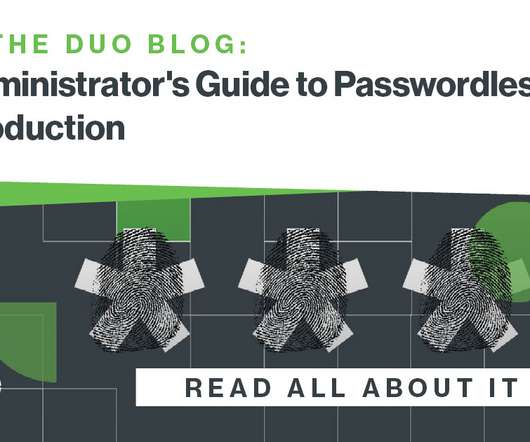
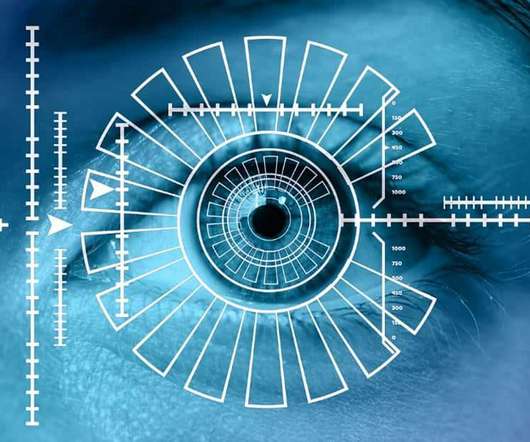



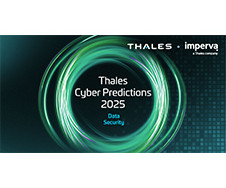

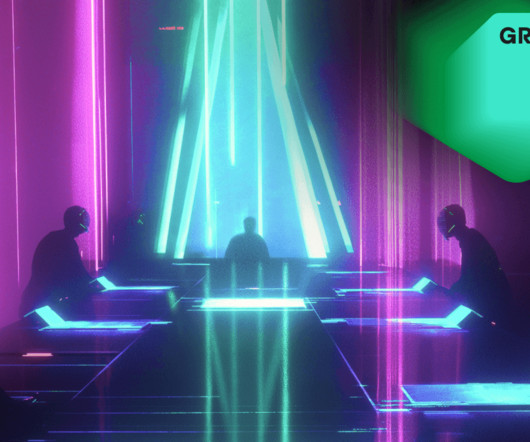

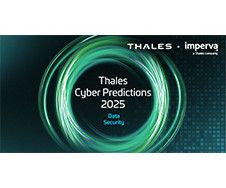






Let's personalize your content